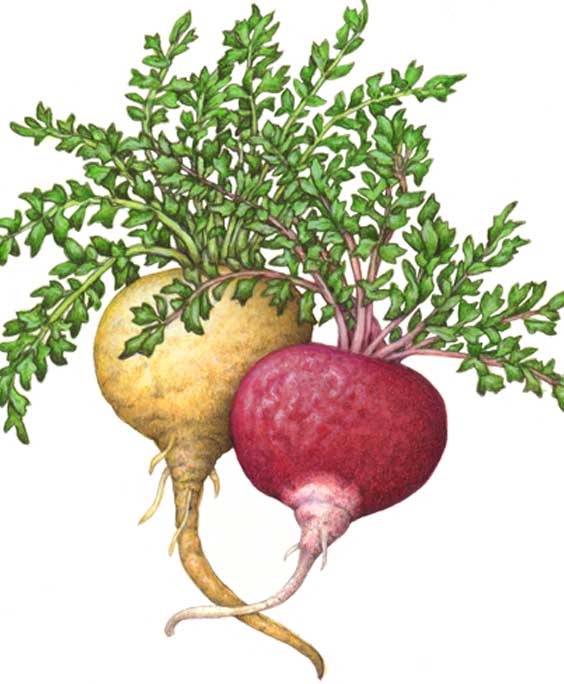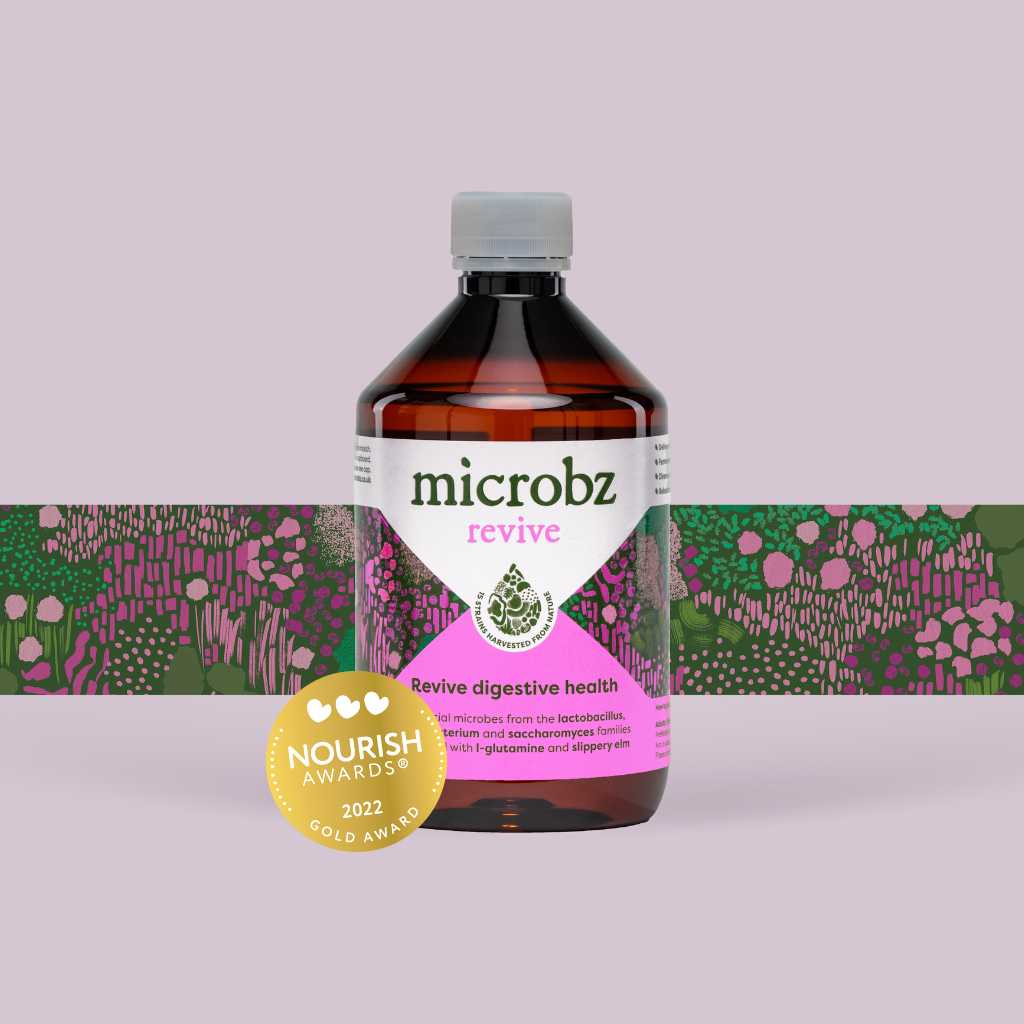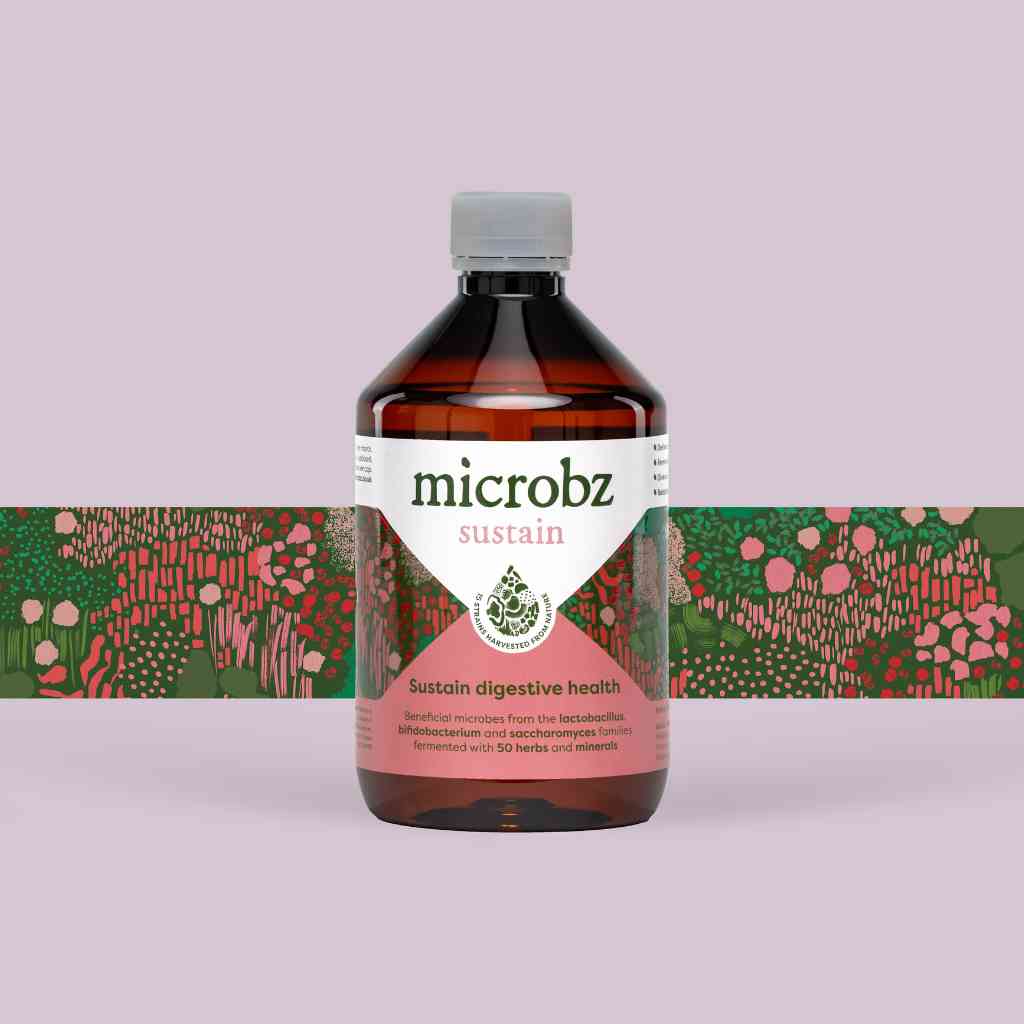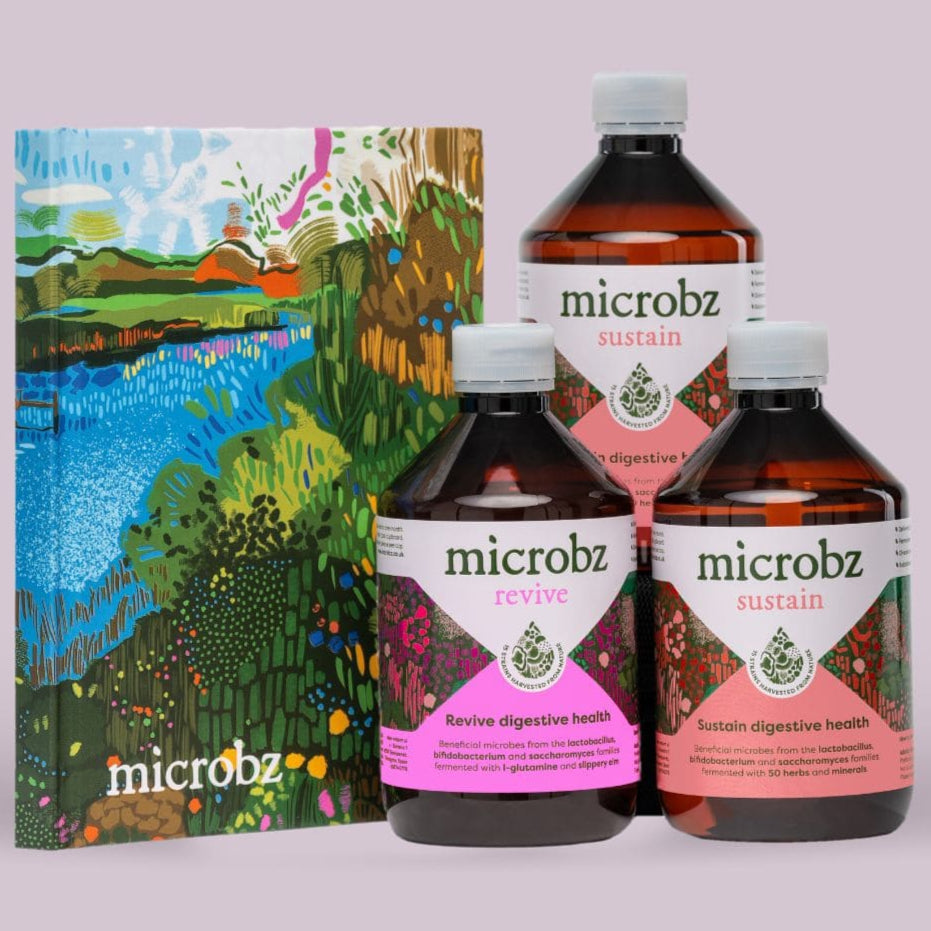Maca
Lepidium meyenii

Family: Brassicaceae
Which probiotic is it in?: Maca is a key herb in Sustain and Women
Habit and cultivation: Cultivated in the Junin Plateau of Peru’s central highland. One of only two crops (the other is potato) which grows in altitudes of 10,000 to 15,000 ft. Approximately 1,000 acres is grown annually by individual families. Temperatures of below zero and snow in summer are common, and the oxygen-thin air encourages little plant life. Luckily maca is frost resistant and thrives in these poor soil conditions.
Actions (known for): Anti-fatigue, immunostimulant, aphrodisiac, steroidal, nutritive tonic and adaptogen.
History of Maca
Parts used from the Maca
Roots
Constituents (bio available chemicals):
Alkaloids, Beta-ecdysone, amino acids, saponins, protein, tannins, minerals and vitamins. Plant sterols including beta sitosterol, flavones and flavonoid glycosides.
Nutritional constituents:
Vitamins: B1, B2, C, and E. Minerals: calcium, magnesium, potassium, copper and zinc.
Indications:
Supports the glandular system. Promotes libido and sexual function. Enhances physical strength and endurance. Promotes mental clarity. Supports stamina and buffers the effects of stress; may boost work capacity.
Dosage:
Eaten as a food in South America – added to drinks, biscuits and cakes. A 1500mg dose appears to be as effective as 3000mg dose.




